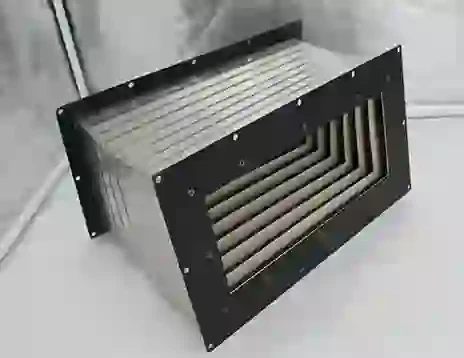Understanding the Function and Importance of Sync Belts in Machinery
Understanding Sync Belts The Heart of Mechanical Timing Systems
In the realm of mechanical engineering and machinery, precision is paramount. One of the key components that ensure such precision in the operation of various machines is the synchronous belt, commonly referred to as a sync belt. These belts have become essential in numerous applications ranging from automotive engines to industrial machinery. In this article, we will delve into the mechanics of sync belts, their advantages, applications, maintenance, and the future of synchronous belt technology.
What is a Sync Belt?
A synchronous belt is a type of drive belt that transfers power between two or more rotating shafts while maintaining a fixed timing relationship between them. Unlike traditional V-belts, which rely on friction to grip pulleys, sync belts feature distinct teeth that mesh with corresponding grooves on the pulleys. This design ensures that the rotation of the pulleys is synchronized, making it an ideal choice for applications where precise timing is crucial.
Advantages of Sync Belts
Sync belts offer several advantages over traditional drive belts
1. Precision Timing The primary advantage of sync belts is their ability to maintain precise timing, which is vital in applications such as camshaft systems in engines and conveyor systems in manufacturing.
2. Reduced Slippage The tooth and groove design minimizes slippage, ensuring that power is transmitted efficiently with less energy loss.
3. Low Noise Operation Sync belts operate more quietly than V-belts, making them preferable in environments where noise reduction is a priority.
5. Less Maintenance Sync belts typically require less maintenance compared to traditional belts. They do not need to be tensioned as regularly since their design allows for consistent performance even after prolonged use.
Applications of Sync Belts
sync belt

Sync belts are widely used in various sectors
1. Automotive Industry In automotive engines, synchronous belts connect the crankshaft and camshaft, ensuring that the valves open and close at the precise moments required for optimal engine performance.
2. Manufacturing and Automation Sync belts are commonly used in conveyor systems and robotic applications. Their reliability and precision make them ideal for moving products through assembly lines.
3. Textiles and Packaging In the textile industry, these belts drive machinery that requires precise movement, such as looms and sewing machines. Similarly, in packaging, sync belts facilitate efficient product handling and processing.
4. HVAC Systems Synchronous belts are also found in heating, ventilation, and air conditioning systems, particularly in compressors where precise synchronization is necessary for efficiency.
Maintenance of Sync Belts
Maintaining sync belts involves regular inspections to ensure that they are in good condition. Operators should look for signs of wear, such as fraying or cracking of the belt, and monitor the tension to avoid excess slack or tightness, which could lead to premature failure. Regular lubrication is generally not required, as most sync belts operate well with minimal maintenance. However, keeping the pulleys clean and free from debris is essential for ensuring optimal performance.
The Future of Synchronous Belt Technology
As technology advances, the synchronous belt industry is also evolving. Innovations are being made in materials and design to enhance performance and durability. For example, belts are now being produced with advanced composite materials that can withstand harsher environments, including extreme temperatures and chemical exposure.
Moreover, the integration of smart technology is on the horizon. Sensors that monitor wear and performance can be incorporated into synchronous belt systems to provide real-time feedback and allow for predictive maintenance, minimizing downtime in industrial applications.
Conclusion
Synchronous belts play a vital role in the smooth operation of many machines and systems that require precision and reliability. Their advantages over traditional drive mechanisms have made them indispensable in various industries. As technological advancements continue to shape the future of this component, we can expect even greater efficiency, durability, and application versatility. Understanding and leveraging the capabilities of sync belts will remain critical for engineers and technicians devoted to improving machinery and systems across the globe.








